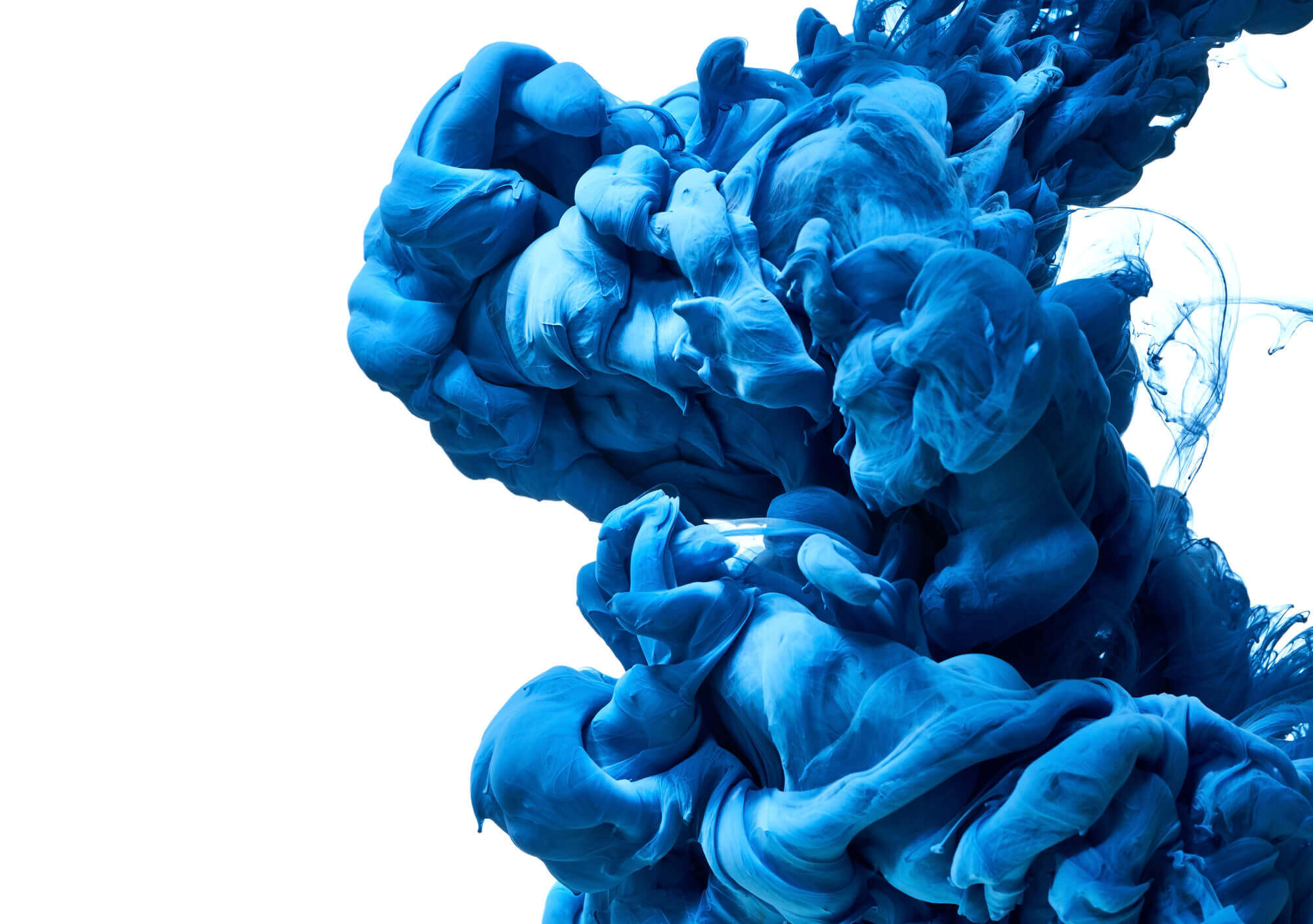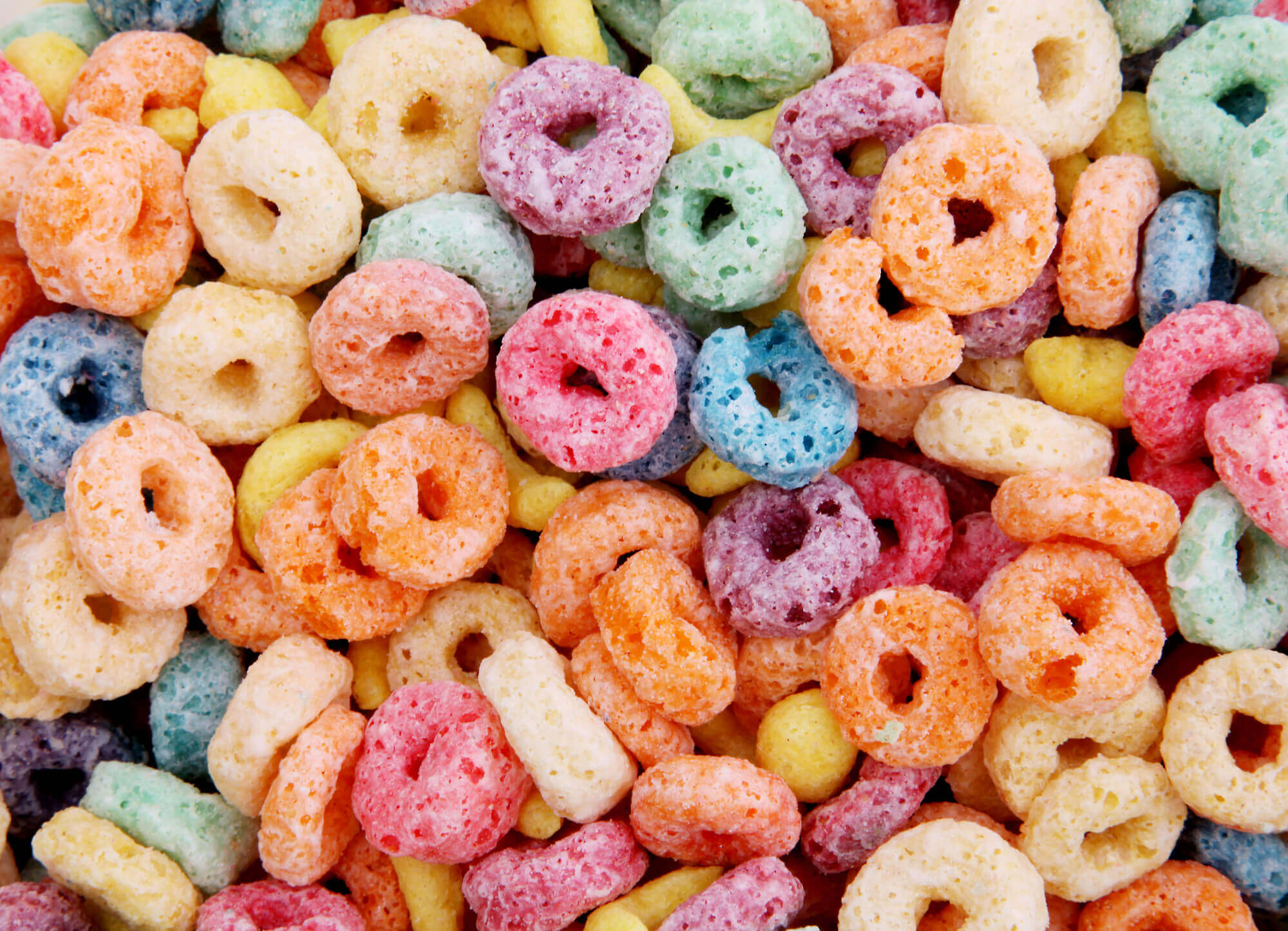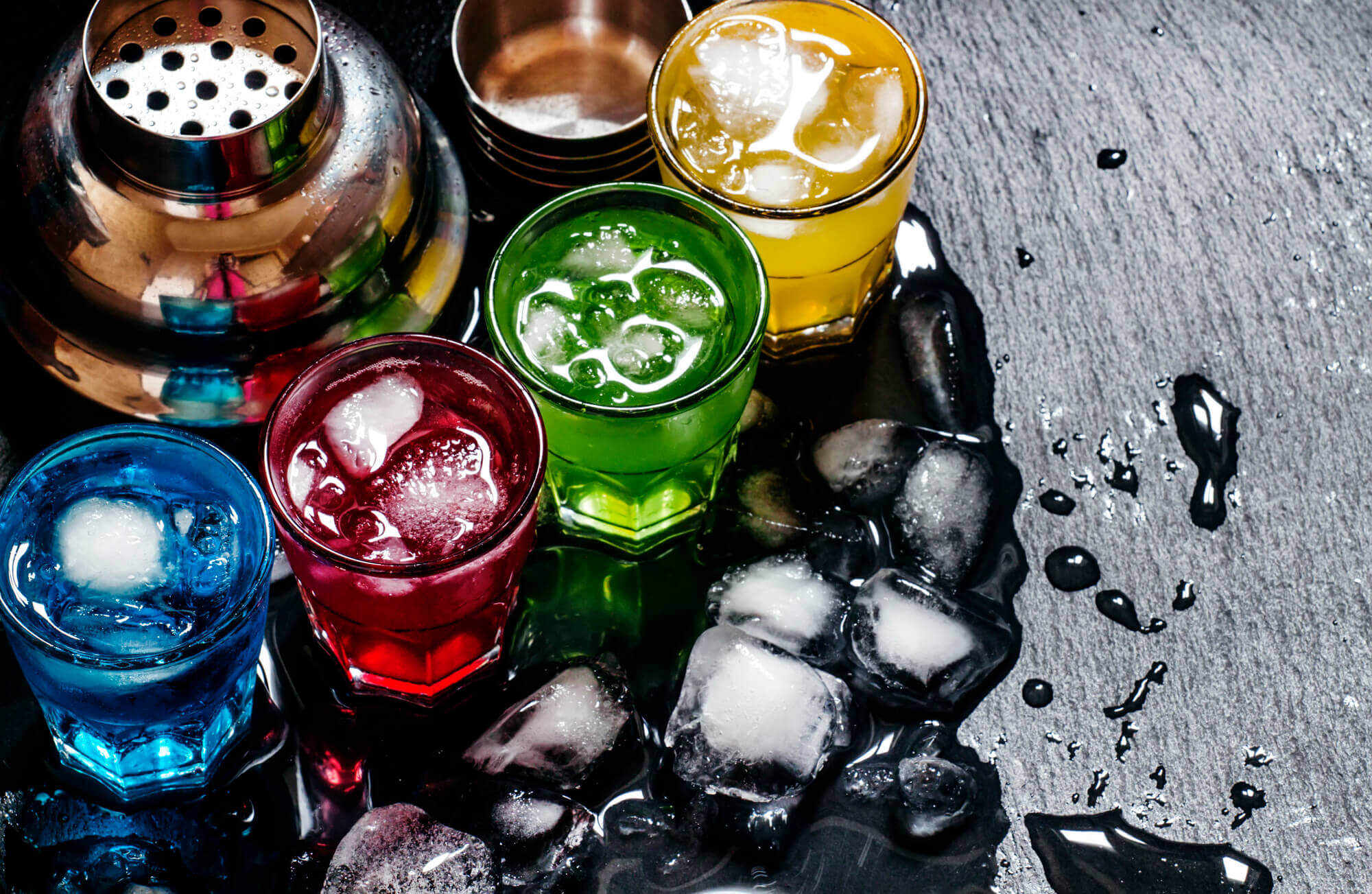
In a world where conscious consumption is gaining momentum, even the colors we add to our food play a significant role. Enter the realm of “Natural Blue Food Color” – a vibrant hue that enhances the visual appeal of dishes and offers a sustainable alternative to traditional food dyes. As we become more mindful of our environmental impact, exploring the benefits of natural blue food coloring becomes essential. Discover how blue food color is not just a feast for the eyes but also a sustainable choice for the planet.

The Eco-Friendly Edge of Natural Blue Food Color
Harvesting from Nature’s Palette
Unlike synthetic food colors that rely on chemical processes, natural blue food coloring is derived from plant-based sources. Ingredients like spirulina, butterfly pea flowers, and blueberries offer the brilliant blue hue we crave, all while maintaining a connection to the earth.
This means that by choosing natural blue food color, we’re encouraging the use of renewable resources and minimizing our reliance on fossil fuel-derived chemicals.
Reducing Carbon Footprint
The production of synthetic food dyes often involves energy-intensive processes and contributes to carbon emissions. On the other hand, natural blue food color is generally more eco-friendly in its production. By opting for natural sources, we lessen our contribution to greenhouse gases and take a step towards a greener, more sustainable food industry.
Lessening Environmental Contamination
Synthetic food dyes have raised concerns due to potential health risks and their persistence in the environment. Natural blue food color, sourced from organic materials, is less likely to introduce harmful chemicals into the ecosystem. Choosing natural options reduces the chances of contaminating water sources, soil, and wildlife habitats.
Supporting Biodiversity
Many natural sources of blue food color come from plants that contribute to biodiversity and ecosystem health. For instance, butterfly pea flowers are stunning in appearance and attract pollinators, supporting local ecosystems. Opting for natural blue food color encourages sustainable cultivation practices that protect these vital elements of our natural world.
Promoting Ethical Farming
The production of synthetic food dyes can sometimes involve unethical labor practices and unsustainable farming methods. Natural blue food color, often sourced from plant-based ingredients, has the potential to encourage ethical and sustainable farming practices. We contribute to a more just and responsible food supply chain by supporting producers who prioritize the environment and fair labor.
Biodegradability at its Best
Natural blue food color breaks down more easily than synthetic counterparts. This means that its disposal has a reduced impact on the environment, contributing to the overall reduction of waste and pollution. Choosing natural food coloring aligns with the principles of the circular economy, where materials are designed to be reused or naturally degraded.

Embrace Eco-Friendly Dining with Natural Blue Food Color
If you’re ready to embark on a journey toward more sustainable dining, look no further than Vivify. Our collection of natural food colors, including the exquisite Natural Blue Food Color, is designed to elevate your culinary creations and minimize your environmental footprint. By choosing Vivify, you’re making a conscious choice to support a healthier planet while indulging in the splendor of natural colors. Contact us today.